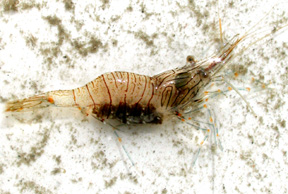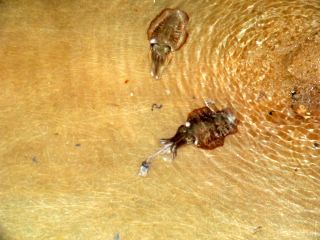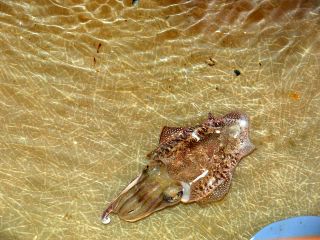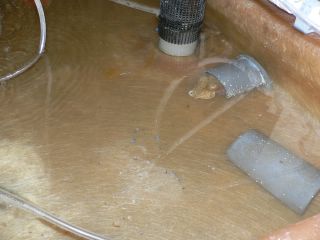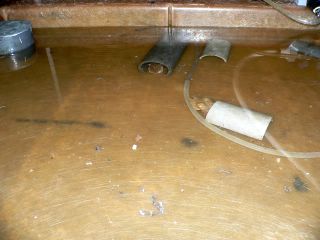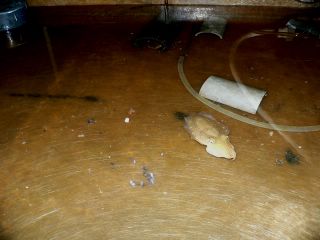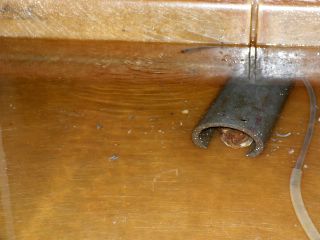The price of research
As I mentioned before, behavioral research in the lab can be stressful on your subjects, and sometimes animals pay a heavy price, taking a serious turn for the worse literally overnight. This was the case a few days ago when one of our colorblind experimental animals was looking very poorly. He was not eating well, he was floating, his color was bad, his mantle was funny looking, and he seemed to have some sort of infection and lesion. The decision was made to euthanize him. Although we have lost several animals since I began my internship, this was the first time I actually assisted in euthanizing one, and it was a sad day for me. The process is done by slowly adding 100% ethanol to the animal's seawater until it gradually slows down and then dies. It ends up being about a 10% ethanol solution that will work. The animal care staff informed me that this is the most humane way they have found. And in truth, who wouldn't like to get drunk before they go. *sigh* It's sad that animals must pay the price for research, but it's a fact that every biologist must come to terms with. Rest in peace little cuttlefish.
